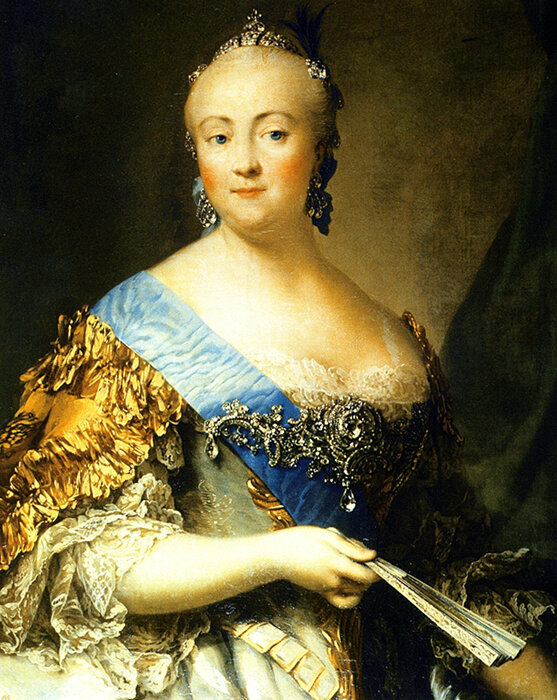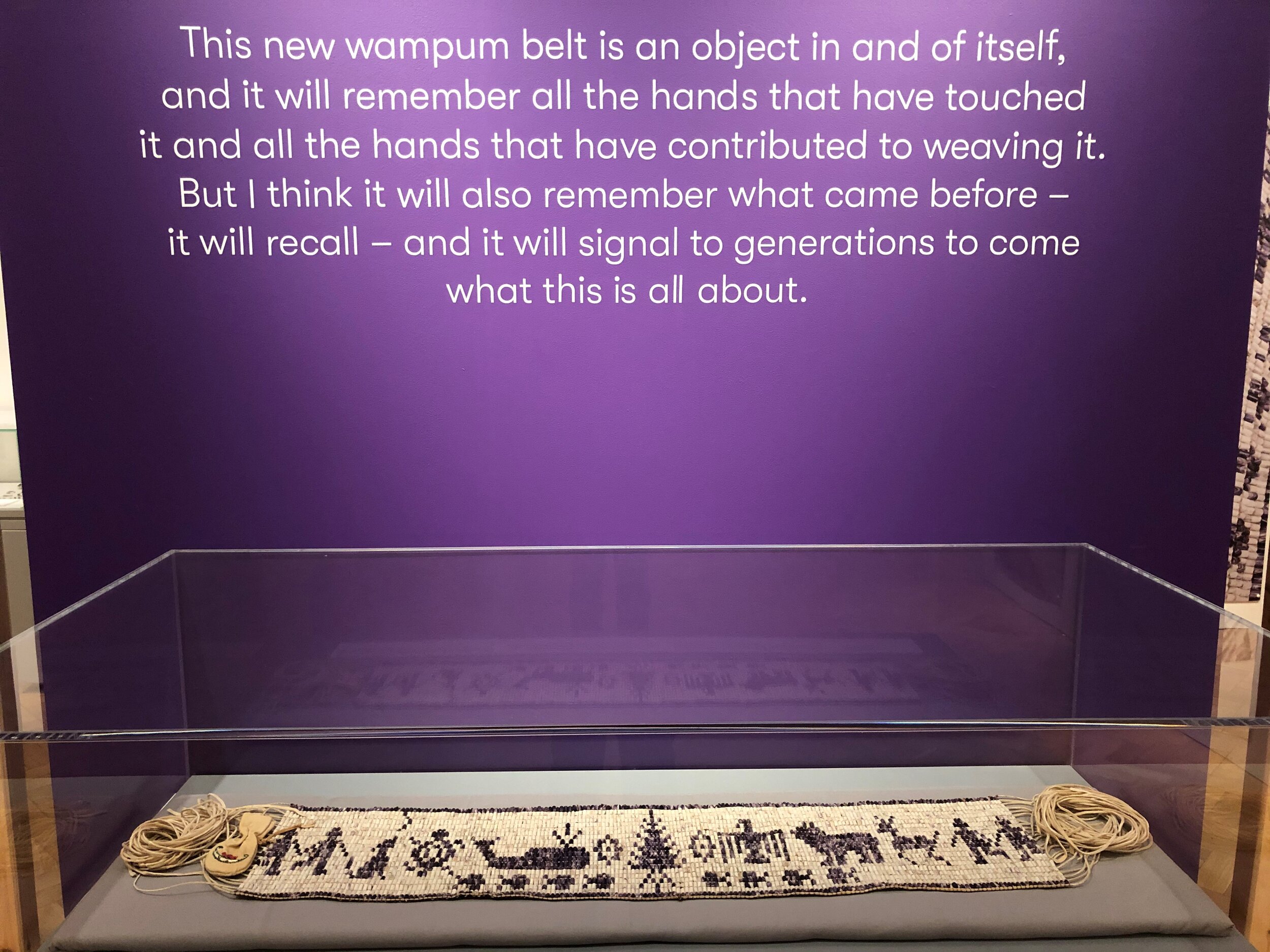Of all the love stories throughout time, one that is rarely mentioned is that of England’s King Henry VII and his Queen, Elizabeth of York. Here, C. M. Schmidlkofer looks at their marriage, considers whether it was true love, and what happened when one of the couple died.
Elizabeth of York.
The union of King Henry VII and Elizabeth of York in 1486 coincided with the end of the War of the Roses, a series of civil wars between the House of Lancaster and the House of York, rival branches of the royal House of Plantagenet fighting for the English throne.
Henry Tudor won the crown and Elizabeth’s hand in marriage, bringing the two factions together and establishing a peaceful realm in the land.
Arranged
While it sounds romantic, marriages at the time were rarely the result of romantic love. They were vehicles for political and familial alliances, cemented further with the resulting children.
Henry and Elizabeth’s marriage was arranged by their mothers, Margaret Beaufort and Elizabeth Woodville, for the sole purpose of uniting the Lancasters and Yorks.
And while Henry and Elizabeth’s marriage may have started in the usual way, it is thought the two fell in love over time.
Elizabeth had been raised to be a dutiful wife and evidence suggests in that she was successful. Admirers cited her beauty, fertility and devotion as the making of a good queen.
Historians cite evidence of a loving, joyful marriage between them. It is reported they showered one another with gifts throughout their union. Elizabeth earned Henry’s love with her loyalty and support and he responded with acts of kindness and concern.
Kings of the day did not typically confer with their queens about matters of state, yet there appears to be evidence Henry gave Elizabeth the power to petition him on behalf of her servants, merchants and others to even resolve issues independently on occasion on matters of law.
When Elizabeth’s brother-in-law, William Courtenay, was charged with treason in 1502 and imprisoned in the Tower, she took to her charge his young children to raise shortly before the arrest. Historians suggest that Henry had come to trust his wife enough to alert her of his intentions regarding Courtenay, showing how confident he was in her loyalty to share a secret of the highest level.
Historians cite an example of their love and trust for each other when their eldest son, Arthur, died at the age of 15 the same year.
Overwrought with emotion over the death, the two fell to each other for comfort, with Elizabeth reminding Henry they were still blessed with a son and two daughters and were still young enough to have more children. And he supported her when, afterwards, she succumbed to grief.
Death
Henry was devastated following Elizabeth’s death, only a year after the birth of a daughter, who also died a short time later. He was reportedly inconsolable, securing himself away for a time, unwilling to accept the solace of comforters.
In what is considered a display of his love for Elizabeth, Henry spent a considerable sum on her funeral. Records show that he spent approximately $4,225, the equivalent of $184,494 today, for opulent processions and services. He spent $845 for Arthur’s final expenses.
Henry VII attempted remarriage several times, searching for a wife that would strengthen England’s political and financial standing.
One potential wife was his own deceased son’s widow, Spanish royal Catherine of Aragon, which caused much concern as she was slated to become the bride of Henry VIII, Henry’s second son, when he came of age.
And while this looks like another political move, Henry VII is thought to have had mercenary motives as well as lustful ones. He wanted to keep Catherine’s dowry in his control and there was speculation he was smitten by her beauty and personality. He also wanted another son, and the young widow could provide that for him.
There aren’t many details of this attraction and even fewer concerning Catherine’s reaction to Henry VII’s interest. Historical novels suggest the King danced and flirted with the teenage girl to the dismay of his advisors, who tried to talk him out of marrying the teenager.
His negotiations for a marriage contract with Catherine’s parents, Queen of Castile Isabella I and King Ferdinand II of Aragon, never materialized as they objected to the union.
Unwilling to return Catherine’s dowry to Ferdinand, King Henry VII moved forward with the marriage of Catherine to Henry VIII in 1509 while he sought other prospects for his own remarriage.
Queen Isabella suggested King Henry VII marry her niece, Joanna of Aragon (Dowager Queen of Naples), but a satisfactory agreement did not materialize.
And finally, Margaret, Archduchess of Austria, declined Henry’s offer of marriage. He spent his remaining years an unmarried man, passing away in 1509, his son Henry VIII becoming King of England, with Catherine of Aragon at his side as Queen.
What do you think Henry VII and Elizabeth? Let us know below.
Now read more from the author here on “Five Amazing Things About King Henry VIII’s ‘Fixer’ - Thomas Cromwell”.
















